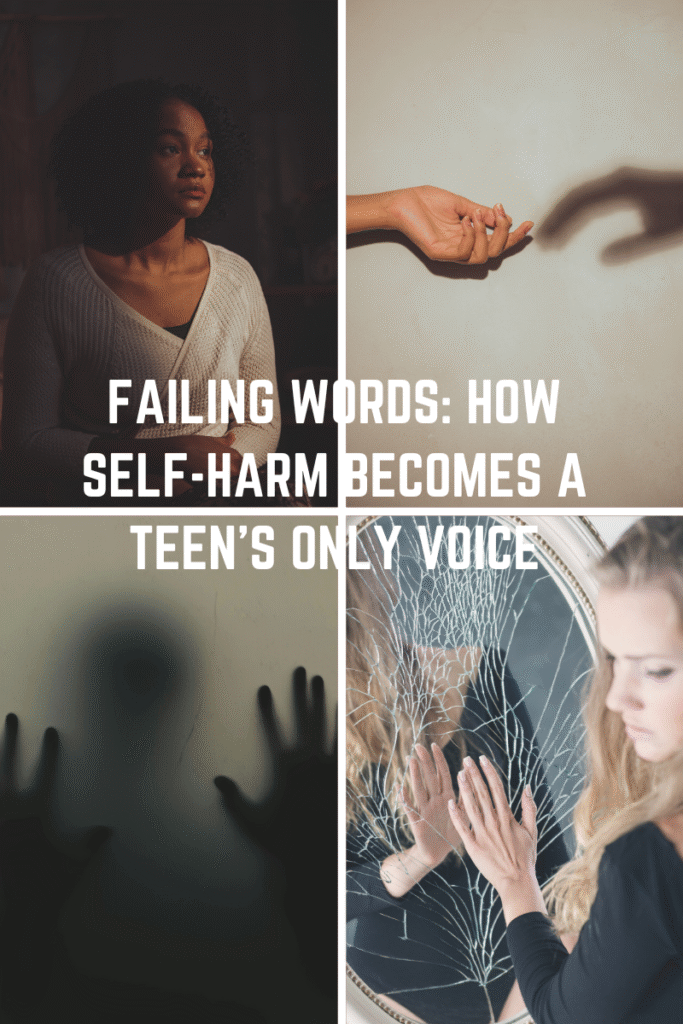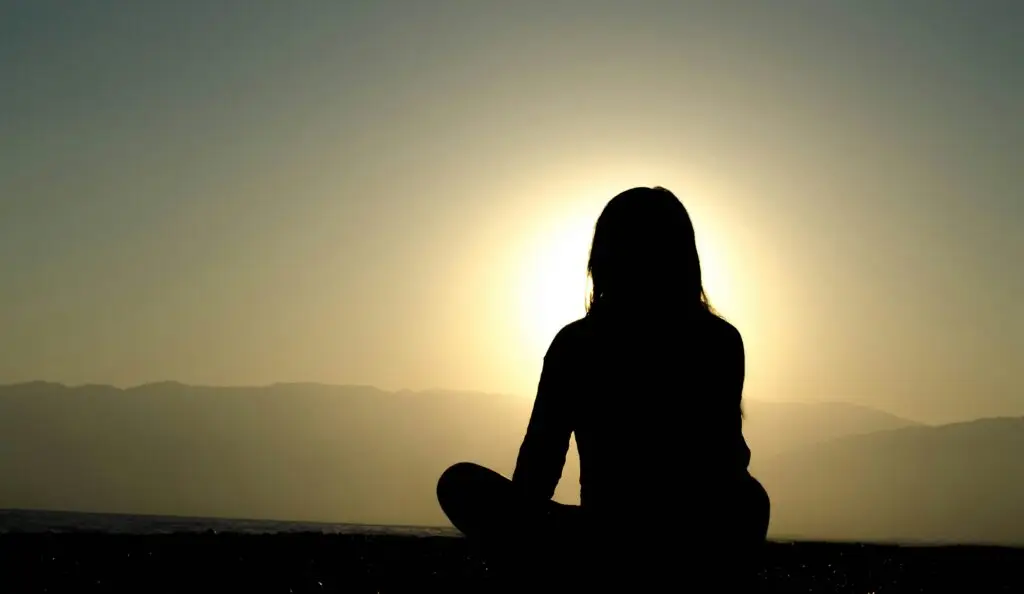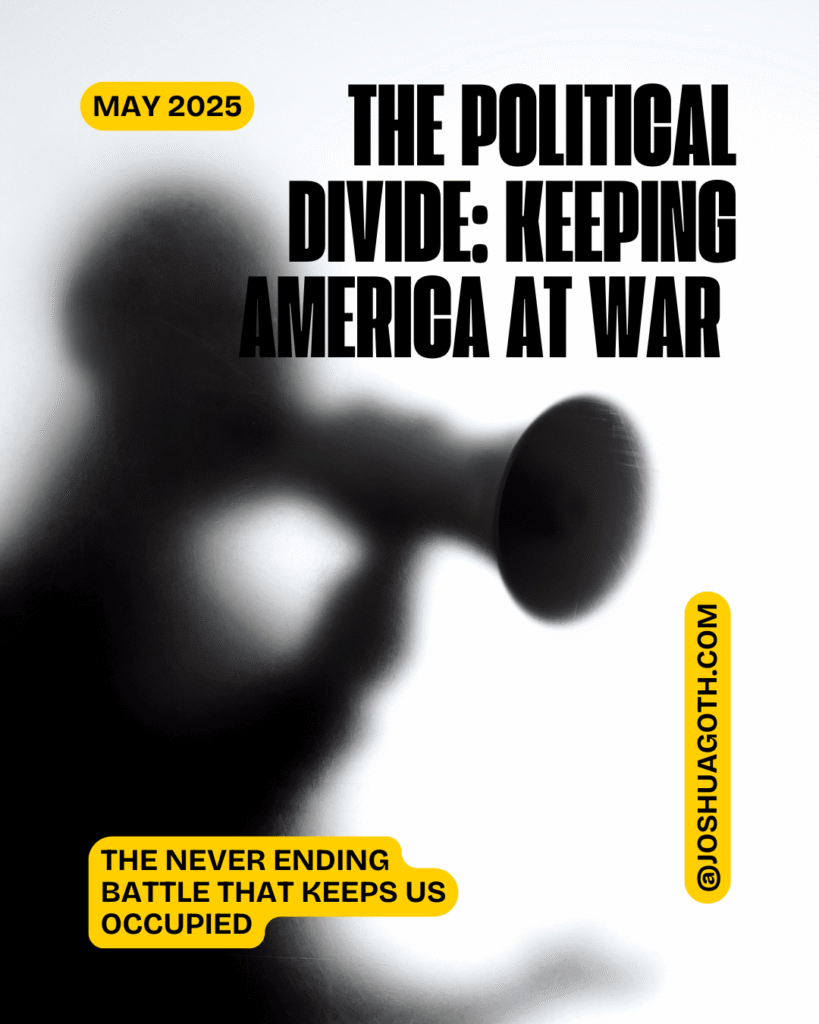Understanding Self-Harm: 35 Years Later
From the age of 12 until 23, I self-mutilated almost daily. I don’t know how I learned it—or if I even did learn it. And though, at the time, I thought I knew why, I never truly understood it. Until now.
What I write here comes from experience and insight—a deeper understanding that arrived after years of avoidance, when I wasn’t searching for it.
The power of using meditation as a tool for self-discovery cannot be overstated. Meditation is peculiar; sometimes, you focus on solving one problem, only for a forgotten memory—buried for years—to surface unexpectedly. These revelations are priceless, life-altering, and come only when you’re ready to understand them.
The First Cut: A Moment of False Relief
I remember the first time I self-harmed. I was twelve, just after my birthday. I took a razor blade from the tool cabinet in the small garage of our two-bedroom house. At the time, I didn’t understand the impulse, but I felt an overwhelming urge to make my physical body hurt.
What I didn’t realize then was that I wasn’t trying to hurt myself—I was trying to stop the pain I couldn’t release, pain that had built up over years. Cutting releases endorphins, and in that brief moment, I felt relief wash over me. The emotional pain disappeared.
A Secret Addiction
From that day—cutting myself in the bathroom stall of a sober club next to my home—I was addicted to something I wouldn’t understand for 35 years. It became a daily ritual. I wore long sleeves to school, avoided swimming, and hid my scars at all costs. Even without knowing the word addiction, I was already hooked—not just on self-harm, but also on the opioids my parents kept “hidden” between their mattresses.
The Realization: Unprocessed Pain
Years later, while reflecting on my childhood (on unrelated events), I was suddenly pulled back to the first scars I made—an X carved into my wrist. That’s when I finally understood why I had been a habitual cutter for so long.
I had been holding onto pain I couldn’t process. Without an outlet, it festered—turning into anger, rage, resentment, and finally, hatred.
A Cry for Help
Sometimes, a child’s self-harm is a desperate, wordless plea: “Pay attention to me.” They may not know how to articulate their pain, or worse, there may be no one willing to listen.
I cannot overstate this: Pay attention to your child’s needs. You have the power to save them from a lifetime of suffering—and all the consequences that follow.
Listen to them. Be present. Respond with patience and objectivity. Sometimes, even an “I love you” or a hug can change everything—and one day, it might alter the course of their life.



